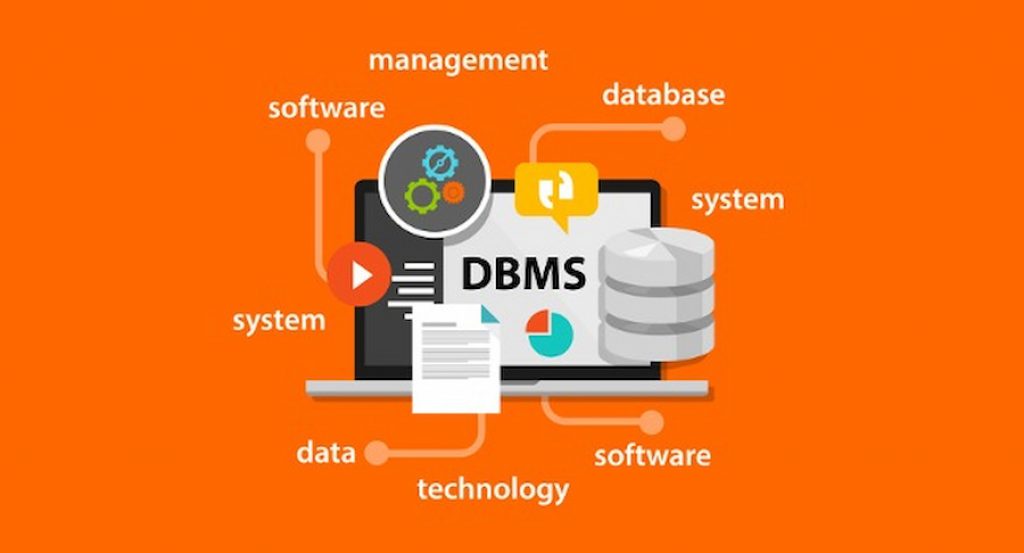
In today’s data-driven world, proper data collection and management, exemplified by tools like Ms Dynamics Crm, are imperative for protecting against data breaches and upholding customer trust. It’s not just a defensive strategy; it’s a catalyst for business growth.
Effective customer data management provides insights for strategic decisions, personalised marketing, and superior customer experiences. By implementing robust data practices, you safeguard your reputation and harness data as a strategic asset.
Managing a customer database is pivotal for new businesses, offering the means to thrive in a competitive landscape by enabling personalised interactions, informed decisions, and enduring customer relationships. In this guide, we’ll explore the essence of proficient data management for business success.
Data Gathering:
Initiating the management of a customer database commences with the acquisition of pertinent information. This encompasses fundamental details like names, contact information, and purchase records.
Ensuring precision during data input is paramount to avert inaccuracies that could impede customer engagement. Employ various means such as structured forms, specialised Customer Relationship Management (CRM) software, or manual data input, contingent on the resources and necessities of your business.
These approaches serve as the foundation for constructing a robust database that not only organises but also optimises your customer interactions, ultimately enhancing your business’s efficiency and effectiveness.
Knowledge Of Customer:
Insufficient customer insights lead to wasted resources and missed opportunities. While an effective admin system manages appointments and schedules, it falls short in customer management. Manual or spreadsheet-based systems hinder comprehensive historical analysis. Quick access to customer history on-screen streamlines support, reducing call times and showcasing professionalism. Adopting these practices is vital for efficiency and unlocking customer potential.
Investing In The Right Software:
The era of relying on spreadsheets as the primary method for customer data storage has evolved. Forward-thinking businesses now prioritise secure databases, particularly Customer Relationship Management (CRM) systems compliant with GDPR. CRM tools are tailored to ensure the safe and efficient organisation and retrieval of crucial customer information.
They excel at providing segmented customer insights derived from data, serving as valuable tools for pinpointing areas ripe for enhancement. Embracing these tools not only streamlines data management but also empowers businesses to make informed decisions, foster customer engagement, and elevate their competitive edge in today’s data-centric landscape.
Data Organisation And Accuracy:
Data Organisation: Once you’ve chosen the most suitable database type for your organisation, the next crucial step is structuring the data effectively. This entails categorising marketing data into dedicated segments and, likewise for sales-related information. This segmentation facilitates quick access to informed marketing and sales decisions.
To maintain data accuracy, validating information, removing duplicates, and merging and comparing data from various sources become imperative. These steps ensure that your marketing and sales insights are not only accessible but also reliable, enabling your organisation to make data-driven decisions that drive success and growth.
Customer Segmentation and Tailored Messaging:
Break down your customer database into segments according to demographics, behaviour, or purchase history. This strategic segmentation empowers you to send personalised marketing communications, substantially elevating the chances of engagement and conversion.
Personalisation enriches the overall customer experience, nurturing loyalty. By catering to specific needs and preferences, you create a more meaningful connection with your customers, which, in turn, encourages lasting loyalty and advocacy
Data Maintenance:
Maintaining a clean and current database is indispensable. Establish systematic procedures for routine data cleaning, validation, and updates. This includes the removal of duplicates, error correction, and archiving or deletion of obsolete data. These practices not only safeguard against inaccuracies but also guarantee efficient and error-free communication with your customers.
By prioritising regular data maintenance, you preserve data integrity, demonstrating your commitment to providing accurate information. This, in turn, bolsters customer satisfaction and trust, ultimately benefiting your business’s reputation and performance.

Remove Data Repetition:
A significant challenge plaguing organisations in data management arises from teams collecting data independently to meet their specific needs, often without sharing these insights across departments. When all this data converges in a data warehouse, redundancy and confusion ensue.
This complication arises because Business Intelligence teams struggle to discern the purpose of repeated data and its utilisation, diverting their focus from deriving valuable insights. This fragmentation hampers team productivity, diverting valuable time away from uncovering meaningful patterns within quality data.
Instead, efforts are expended on unravelling the mysteries of data repetition. To streamline operations and optimise data utilisation, fostering effective data sharing and collaboration across teams becomes imperative.
Employee Training for Data Competence:
The efficacy of your data collection and protection ambitions hinges on your team’s ability to execute them. Regardless of grand data collection ideas, inadequate team skills can be a stumbling block. Therefore, investing in staff training and education to equip them with data handling and analysis capabilities is essential. In the grand scheme, fostering a data-driven culture pays dividends.
This rings particularly true if your organisation embraces a Bring Your Device (BYOD) policy. In such cases, robust policies are a must to safeguard sensitive data. These policies should strike a balance – simple enough for employee comprehension yet comprehensive enough to ensure effectiveness. Such initiatives not only secure data but also bolster overall company resilience and competitiveness.
Comply with Data Regulations:
Governments are increasingly enacting regulations such as the General Data Protection Regulation (GDPR) and the California Consumer Privacy Act (CCPA) in response to the growing importance of data privacy to the public. These regulations have catalysed shifts in how companies collect and store data.
Acquiring consent for collecting data from website users has become paramount. Consequently, many company websites now prominently feature banners soliciting permission to utilise personal information, reflecting a commitment to adhering to these stringent data privacy standards.
By following the steps outlined in this guide, from data collection and security to segmentation and regular maintenance, your business can harness the power of a well-organised customer database to thrive in a competitive market. Remember, a satisfied customer today can become a loyal advocate tomorrow, and a well-managed database plays a pivotal role in achieving this goal.
Also, read this: How Attendance Management Software Can Positively Affect The Business?







